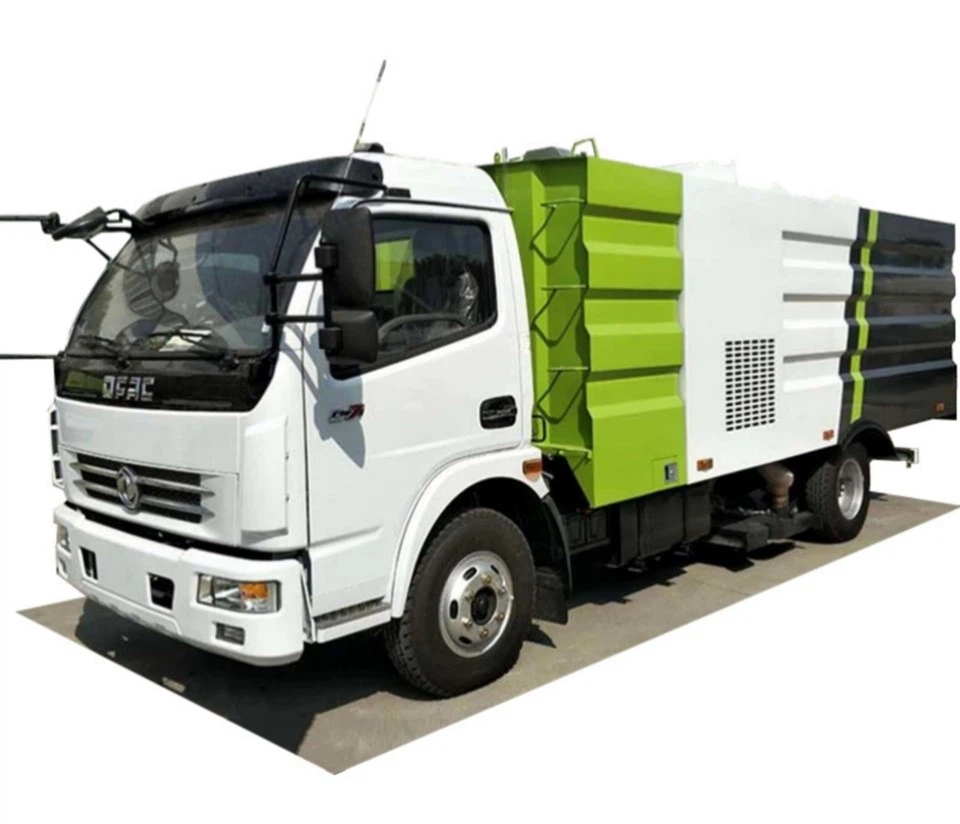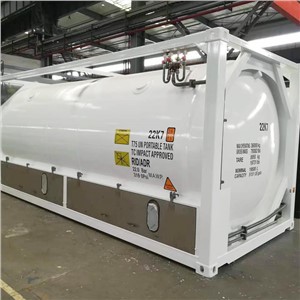Semi Truck Tanker Capacity: Understanding the Essentials

Semi trucks are a crucial component of the logistics and transportation industry, helping to move goods efficiently across the country. Among their various configurations, tanker trucks hold significant importance, especially in the transport of liquids. In this article, we explore everything you need to know about semi truck tanker capacity, including types, specifications, and factors affecting capacity. We’ll also provide practical examples, tips for optimizing the use of tanker trucks, and a comprehensive FAQ section.
What is a Semi Truck Tanker?
A semi truck tanker is a specialized type of vehicle designed to transport liquids, gases, and other substances in bulk. These trucks are equipped with a large tank mounted on a chassis and are commonly used to deliver products like fuel, chemicals, food grade liquids, and waste materials. Understanding the various capacities of these semi trucks is essential for logistics efficiency and regulatory compliance.
The Basics of Tanker Capacity
The capacity of a semi truck tanker refers to the maximum volume of liquid it can transport effectively. This capacity can vary based on several factors, including the design of the tanker, legal regulations, and the type of liquid being hauled.
Common Types of Tankers
The type of tanker affects its capacity and the way it handles different substances. The most common types include:
- Fuel Tankers: Designed for transporting gasoline, diesel, and other fuels. Common capacities range from 5,000 to 11,600 gallons.
- Chemical Tankers: Built to carry hazardous materials. Capacities vary widely, often starting from 2,000 gallons and can exceed 10,000 gallons based on the nature of the chemicals.
- Food Grade Tankers: Used for transporting edible liquids like milk and juices. These typically range from 6,000 to 8,000 gallons.
- Dump Tankers: Specially designed for transporting slurries and waste, which can also vary significantly in capacity.
Standard Sizes and Configurations

Tankers come in various sizes, generally measured in gallons or liters. The standard configurations often include:
| Type of Tanker | Typical Capacity (Gallons) | Common Uses |
|---|---|---|
| Fuel Tanker | 5,000 – 11,600 | Gas stations, commercial transport |
| Chemical Tanker | 2,000 – 10,000 | Industrial chemicals, fertilizer |
| Food Grade Tanker | 6,000 – 8,000 | Dairy, juices, edible oils |
| Dump Tanker | 5,000 – 15,000 | Sewage, slurry disposal |
Factors Influencing Tanker Capacity
Legal Regulations
Various laws and regulations determine the maximum allowable capacity for tanker trucks. These regulations are designed to ensure safety on the roads and might vary by state or region. For instance, the Federal Motor Carrier Safety Administration (FMCSA) sets certain limits that must be adhered to, which can influence the size and capacity of tankers.
Material of the Tank
The construction material of the tanker also impacts its capacity. Common materials include:
- Aluminum: Lightweight, making it possible to carry more liquid without exceeding weight limits.
- Stainless Steel: Common for food-grade and chemical tankers due to its durability and resistance to corrosion.
- Plastic: Sometimes used for specific chemicals and in portable applications.
Liquid Density
Different liquids have varying densities, which affects how much can be transported without surpassing weight limits. For example, transporting water versus a thicker substance like molasses means you can carry a different volume safely.
Optimizing Tanker Use
Understanding Weight Limits
Always ensure that the total weight of the tanker, including its contents, adheres to the legal weight limits specified by transportation authorities. This can prevent legal issues and safety concerns while on the road.
Regular Maintenance Checks
Regular inspections of the tanker’s structure and fittings can help avoid leaks and ensure that it operates within its optimal capacity. Scheduling routine maintenance prevents costly repairs and service interruptions.
Use of Technology
Utilizing advanced technology such as GPS tracking and automated inventory systems can streamline operations and optimize the route for maximum efficiency. This ensures that the tanker is effectively utilized throughout its journey.
Environmental Considerations

Eco-Friendly Trucking Practices
Emphasizing sustainability in trucking operations is essential in today’s climate. For instance, using biodiesel or employing techniques that maximize fuel efficiency can significantly reduce the environmental impact of tanker operations.
Regulations on Emissions
Complying with stricter emissions regulations is vital for long-haul trucking operations. Understanding your local and federal regulations will help ensure that your semi truck tanker operations remain compliant.
Calculating Tanker Capacity
Volume Calculation
The formula for calculating the volume of a cylindrical tanker is:
Volume (V) = π × r² × h
Where:
- V = volume
- π ≈ 3.14
- r = radius of the cylinder
- h = height/length of the cylinder
Weight Calculation
To understand how much liquid can be safely loaded onto a tanker, it’s essential to calculate the total weight. The basic formula is:
Total Weight = Volume x Density
For example, if a tanker can hold 8,000 gallons of water (which has a density of approximately 8.34 lbs/gallon), the total weight calculation would be:
8,000 gallons x 8.34 lbs/gallon = 66,720 lbs.
Practical Examples of Tanker Usage
Fuel Distribution in Urban Areas
Fuel tankers delivering gasoline to urban areas typically utilize 11,600-gallon tankers to refill gas stations. Effective route planning can significantly reduce delivery times and fuel consumption.
Food Production Facilities
Food-grade tankers are crucial in dairy operations. A typical 6,000-gallon food-grade tanker might transport milk from farms to processing plants, ensuring that transportation maintains the required sanitary conditions.
Future Trends in Tanker Transportation
Innovative Technology
Emerging technologies such as automated tanker systems, smart sensors, and telemetry can enhance the safety and efficiency of semi truck tanker operations. These advancements enable precise monitoring and better decision-making processes.
Electric and Hybrid Tankers

With the rise in demand for sustainable transportation, the future may see the development of electric and hybrid tankers, which promise to reduce emissions significantly while maintaining efficiency.
FAQ Section
1. What is the maximum capacity for a semi truck tanker?
The maximum capacity of a semi truck tanker can vary, but typical ranges are between 5,000 to 11,600 gallons, depending on the type of liquid being transported.
2. Can semi truck tankers handle hazardous materials?
Yes, there are specialized tankers designed for transporting hazardous materials safely, following strict regulations and guidelines.
3. How do I calculate the weight limit of my tanker?
To calculate the weight limit, use the capacity in gallons multiplied by the density of the liquid being transported. Be sure to check local regulations for maximum weight limits on roadways.
4. What maintenance do tanker trucks require?
Tanker trucks need regular inspections, leak checks, and maintenance of tank fittings to ensure safe and optimal operation. It’s essential to adhere to a scheduled upkeep program.
5. How can I optimize my tanker routes?
Using advanced route planning software, GPS tracking, and considering traffic patterns can help optimize routes for efficiency and reduce fuel consumption.
6. Are larger tankers always more efficient?
Not necessarily. While larger tankers can carry more liquid, they may exceed weight limits or be less maneuverable in urban settings. Efficiency must be balanced with regulatory compliance and practical transport considerations.
